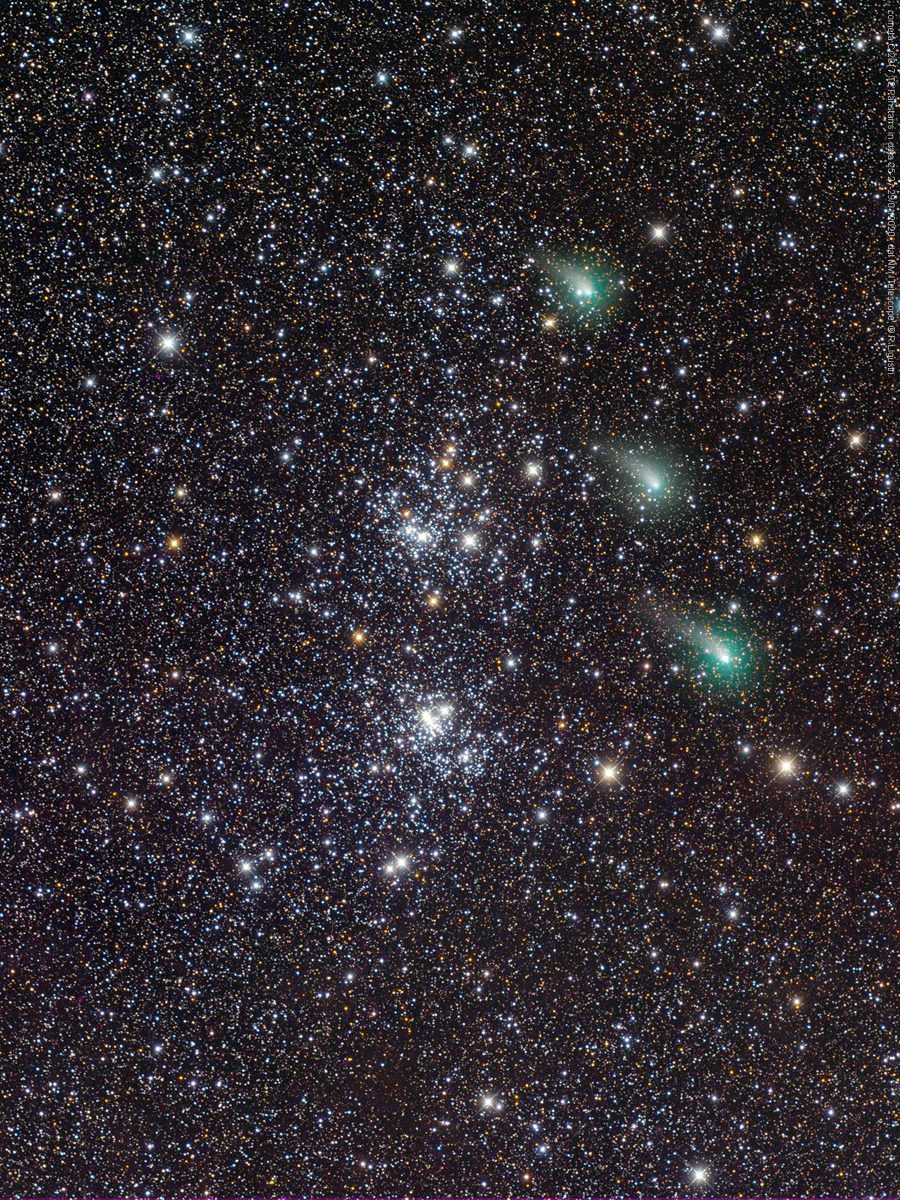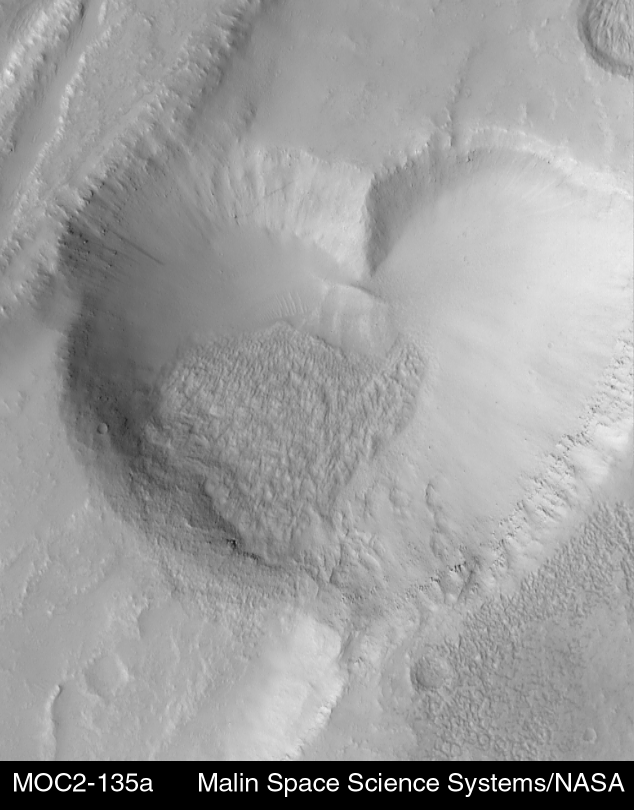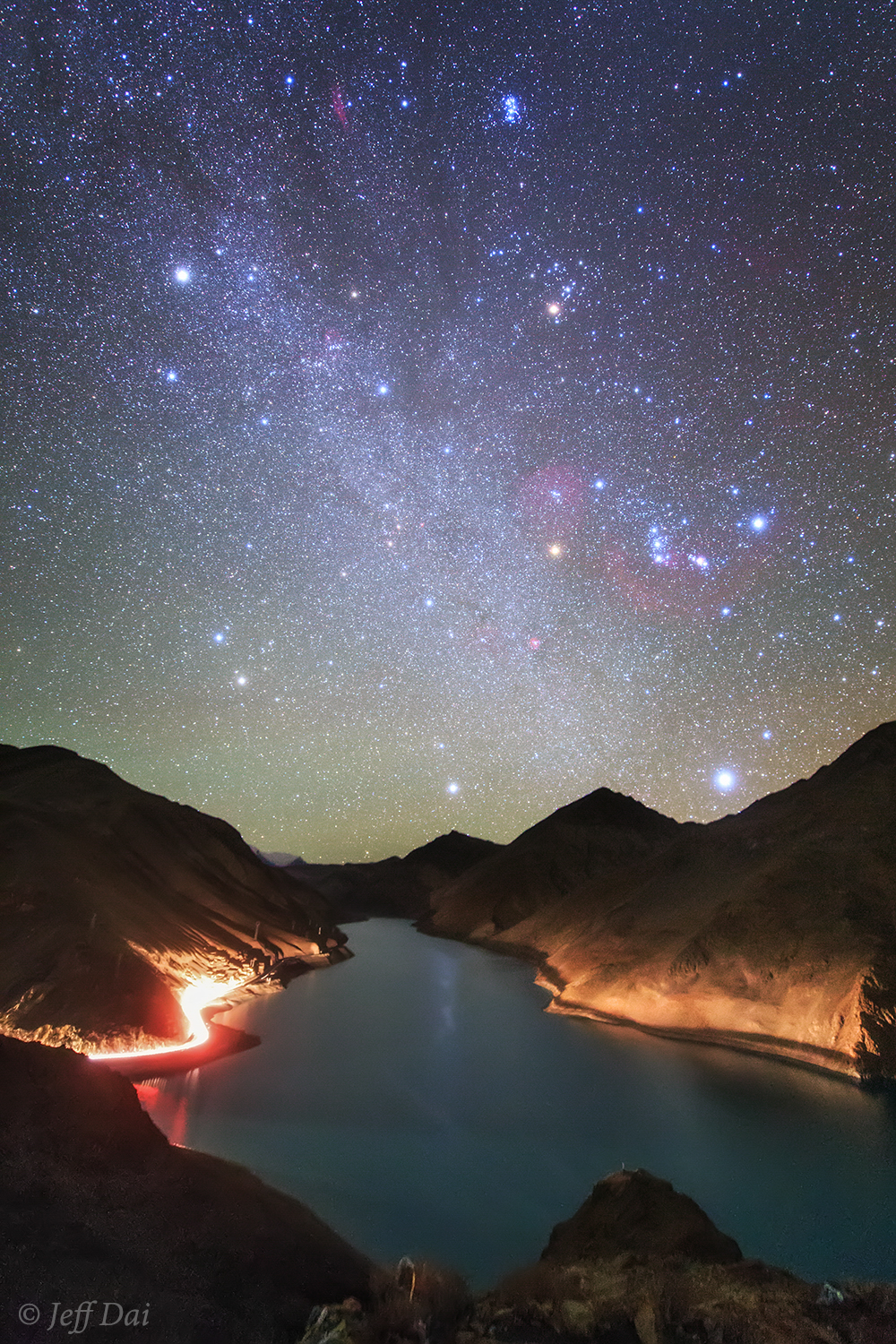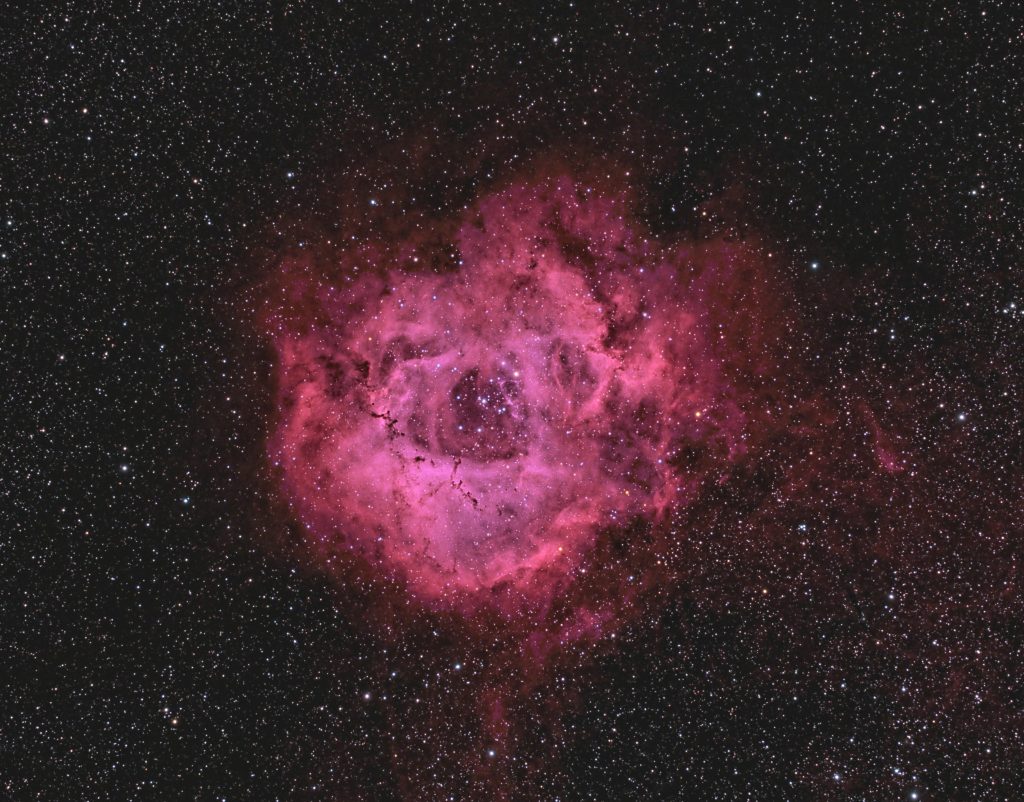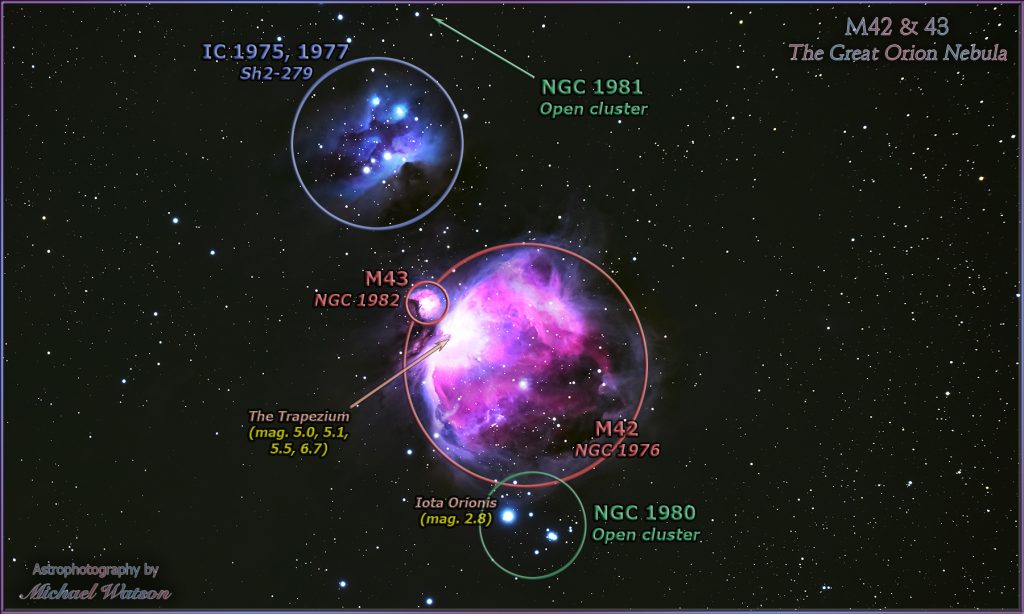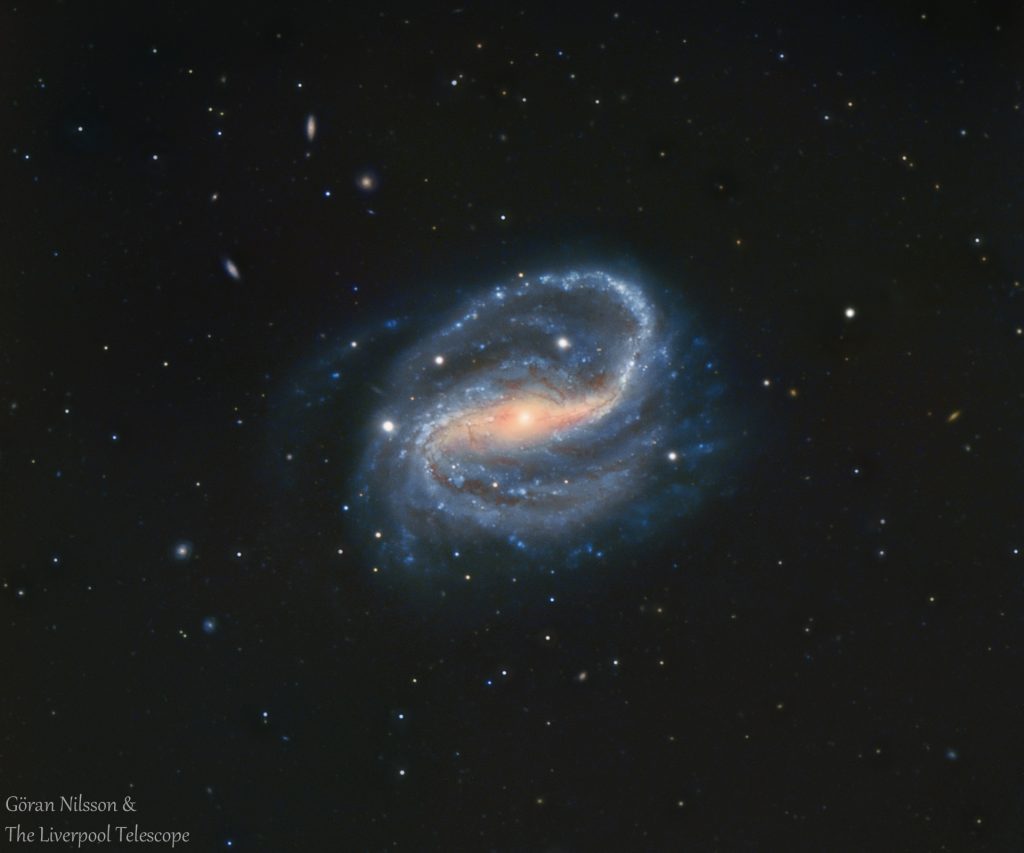The Pretty Crescent Moon Meets Morning Planets and Moves Over Mars, Inner Planets at Sunset, and we Tour the Winter Milky Way!
This image shows Comet C/2017 T2 (Panstarrs) passing the Double Cluster in Cassiopeia on January 24, 26, and 28, 2020. It was taken by Rolando Ligustri and appeared as the NASA APOD for January 30, 2020. Comets will exhibit the greenish glow shown here when viewed through a good-quality backyard telescope. Hello, February Stargazers! Here…
Read more
